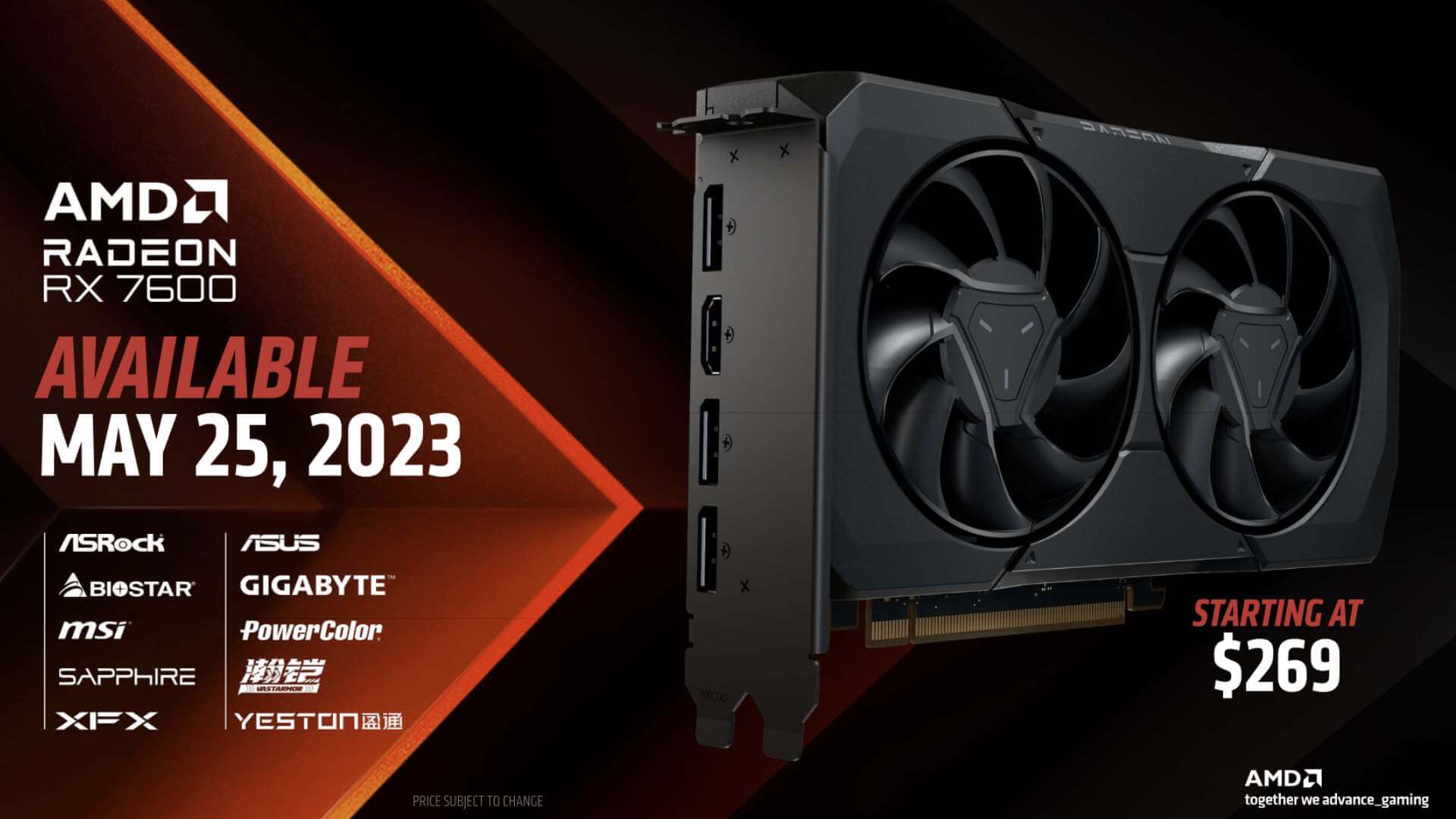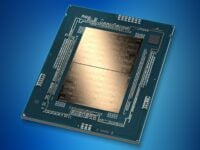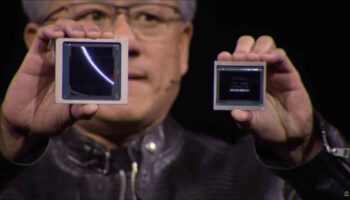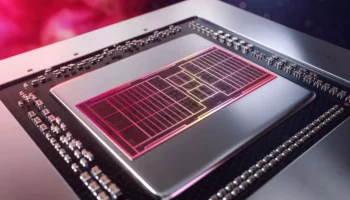Update: It looks like the delta was due to AMD’s power-saving mode kicking in. The actual numbers are much closer.
AMD’s Radeon RX 7600 is the first monolithic RDNA 3 GPU to hit the DIY market. Unlike its older siblings, it features a single 6nm (N6) GCD with the cache and memory controllers integrated into the same die. In contrast, the Radeon RX 7900 series GPUs feature separate MCDs for the memory controllers and the L3 cache. The laws of physics dictate that the distance between the two will induce a latency penalty, much like what we saw with the early Ryzen designs.
Chips and Cheese has compared the L3 latency and bandwidth of the Big and small Navi 3X GPUs. The RX 7600 has a significantly lower L3 latency than the RX 7900 XTX in scalar workloads. We’re looking at a delta of 58% with larger data loads. This is likely the result of the physical distance between the MCDs and the GCD on the latter.
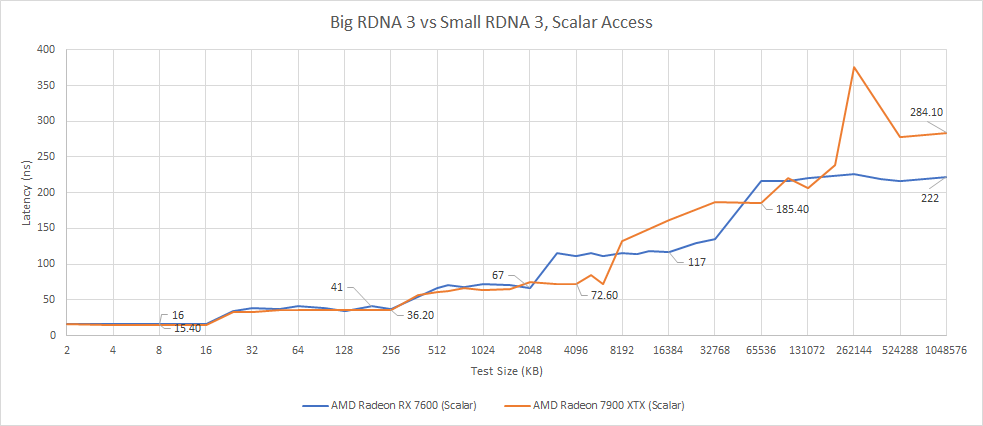
Luckily for the 7900 XTX, the vector access latency is much closer to the RX 7600. The vector units do most of the heavy lifting on AMD GPUs, leaving tasks like control flow and address generation to the scalar units.
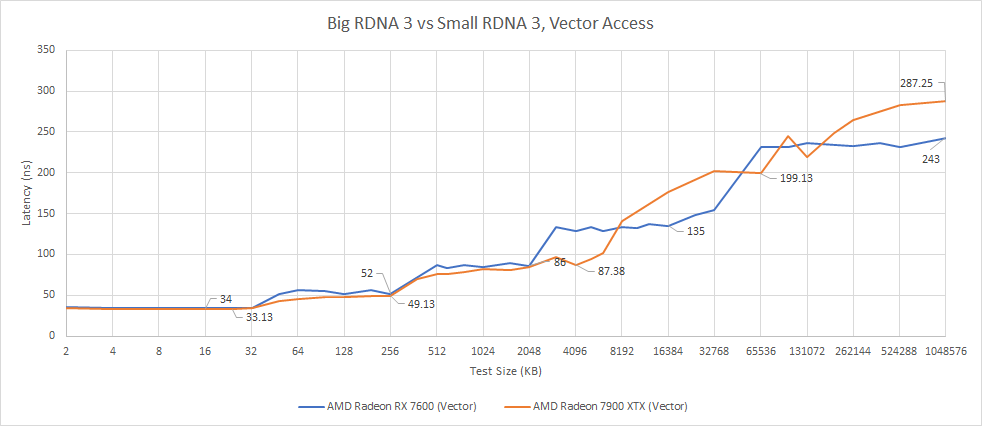
Relevant reading:
